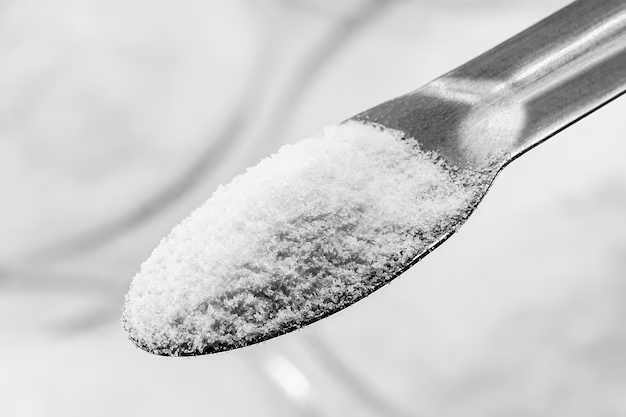Which Type of Salt is Best for Managing Hypertension?
Navigating dietary choices when managing hypertension can feel overwhelming, especially when it comes to something as ubiquitous as salt. With countless varieties on the market, the question remains: which salt is best suited for those with high blood pressure?
Understanding Salt and Hypertension
Salt, or sodium chloride, is a necessary component of our diet, essential for fluid balance and nerve function. However, excessive sodium intake is linked to elevated blood pressure, making it a critical consideration for those with hypertension. The American Heart Association recommends limiting sodium intake to 1,500 mg per day for individuals with high blood pressure. So, what type of salt should one choose?
Potassium Salt: A Heart-Friendly Choice
Potassium Salt has emerged as a beneficial alternative for individuals with hypertension. This salt substitute replaces a portion of sodium with potassium, which can help lower blood pressure. The potassium works to balance sodium levels and ease tension in blood vessel walls, providing dual benefits for those managing hypertension.
Benefits of Potassium Salt:
- Reduces Sodium Intake: Helps meet dietary sodium guidelines.
- Supports Heart Health: Potassium is known to improve heart health and reduce stroke risk.
- Flavorful Substitute: Offers a similar taste to regular salt.
Before making the switch, it's crucial to discuss dietary changes with a healthcare provider, especially for individuals with kidney issues, as excessive potassium can be harmful.
Sea Salt vs. Table Salt: Is There a Difference?
While you may consider sea salt and table salt believing they offer significant differences in sodium content, this is not the case. Both contain approximately the same amount of sodium by weight. The primary difference lies in mineral content and texture, with sea salt often being touted as a more natural alternative.
Factors to Consider:
- Mineral Content: Sea salt contains trace minerals like magnesium and calcium, but not in amounts that significantly affect health.
- Sodium Content: No dramatic difference compared to table salt.
The choice between sea salt and table salt for hypertension management should not be based on sodium content but potentially on flavor preference or culinary use.
Looking Beyond Salt: Complementary Strategies
Managing hypertension effectively involves more than just selecting the right type of salt. Consider incorporating these changes:
- Dietary Changes: Adopt a diet high in fruits, vegetables, whole grains, and low-fat dairy, such as the DASH diet.
- Regular Exercise: Aim for at least 150 minutes of moderate aerobic activity weekly.
- Stress Management: Practice relaxation techniques like meditation or yoga.
Pursuing additional educational opportunities can empower you to manage hypertension through informed dietary and lifestyle choices. Understanding the interplay between nutrition and chronic conditions is invaluable.
Exploring Financial Assistance for Health and Education
Investing in your health doesn't have to break the bank. There are numerous resources available that can alleviate financial stress and afford you the knowledge to maintain a healthy lifestyle.
- 💊 Government Aid Programs: Offer discounts on medical expenses, prescriptions, and health programs.
- 📚 Educational Grants and Scholarships: Provide opportunities to learn about nutrition, health sciences, and disease management.
- 💳 Credit Solutions for Medical Expenses: Specialized programs designed to help manage and pay off healthcare-related debt.
- 💪 Community Wellness Initiatives: Free or low-cost programs promoting healthy living options.
By exploring these resources, you can manage hypertension while also focusing on broader financial and educational goals, paving the way for a healthier and stress-free future.

Related Topics
- a 66 Year Old Female With a History Of Hypertension
- Are Eggs Bad For Hypertension
- Are Eggs Good For Hypertension
- Are Endocrine Disorders Causing Hypertension Rare
- Can Adderall Cause Hypertension
- Can Alcohol Cause Hypertension
- Can Allergies Cause Hypertension
- Can Anemci People Get Hypertension
- Can Anemia Cause Hypertension
- Can Antibiotics Cause Hypertension